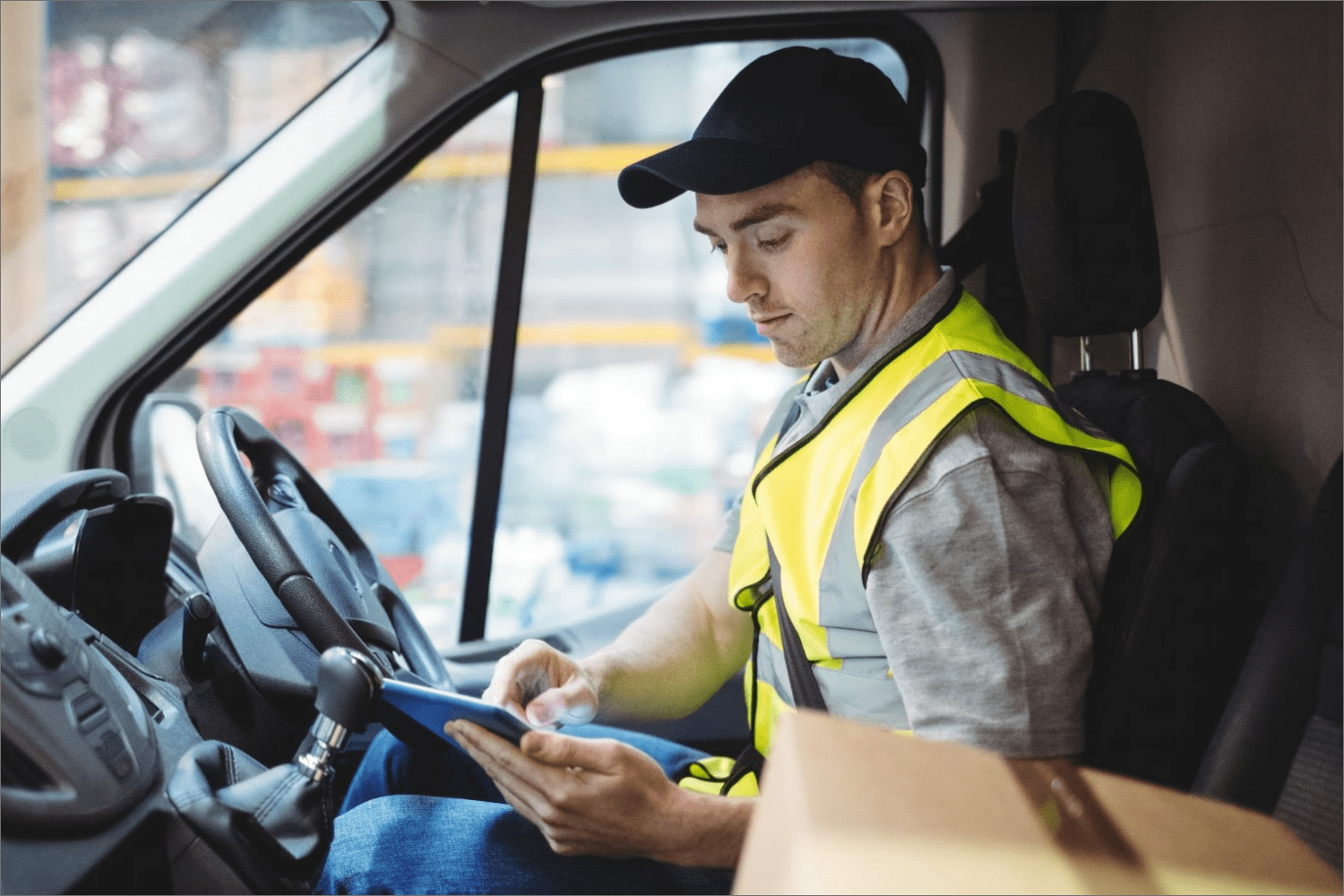Large eCommerce players, as well as various start-ups, have identified last-mile services as a key differentiator. In fact, the options of same day, two day, 15 min, delivery and the quality of the delivery service are key decision-making criteria for online customers and hence directly affect eCommerce players’ success in the marketplace.
As we enter 2022, technology continues to enable us to connect the dots between businesses, consumers, products, and services. Logistics and fulfillment providers continue to look for ways to expand network footprints, shorten time between order and delivery, and increase their ability to quickly adjust to meet consumer demand. Now more than ever, eCommerce companies must keep up with rapidly evolving consumer expectations that are driven by constant technological disruption and innovation. Managing the end-to-end delivery experience is as critical for retailers as is the brand itself. With the rise of eCommerce, “new normal” has emerged for the delivery speeds that customers expect when they order online. Large eCommerce players, as well as various start-ups, have identified last-mile services as a key differentiator. In fact, the options of same day, two day, 15 min, delivery and the quality of the delivery service are key decision-making criteria for online customers and hence directly affect e-commerce players’ success in the marketplace.
Historically, this pursuit has been extremely complex and resource intensive. To further complicate the situation, many organizations are currently seeking to remain asset light and avoid the significant tolls that physical assets can place on the bottom line.

One approach to overcoming these challenges is to leverage the assets of others by crowdsourcing last mile delivery. Crowdsourcing transportation became popular with ride hailing applications like Uber and Lyft. These companies access an estimated 2 million drivers and vehicles in North America alone. The ride booking companies create a nearly limitless network footprint while avoiding billions in capitol fleet investment and maintaining a low fixed payroll obligation.
Using similar technology to ride hailing, crowdsourcing last mile delivery offers access to a vast network of drivers and vehicles at a fraction of the capital investment. Customers increasingly expect to have orders delivered quickly and inexpensively to any location. For providers to meet these needs, the size and cost of network of facilities, vehicles, and staff can be astronomical. Market data shows the number of available crowdsource delivery drivers has increased tenfold since the beginning of the pandemic, indicating that an established fleet of drivers is available to support last mile delivery.
84% of consumers stated that they are unlikely to make a second purchase after a poor last-mile delivery experience.
To optimize the effectiveness of crowdsourced delivery, eCommerce businesses and logistics providers need to use an app or platform that is relevant and engaging for drivers providing last mile delivery. This is critical to maximize the pool of available drivers who are actively monitoring their preferred platform. As more apps make their way into the market, the app must offer something beyond breadand-butter functionality. Drivers will likely only use a few platforms and will prioritize those that are user friendly and most lucrative for them. The platform or app used should create a fast and easy onboarding process, offer an efficient user experience for the drivers, and provide data to the drivers to demonstrate that business has the volume, customer base, and revenue opportunities to be worthy of their attention.
Engaging and retaining customers on the platform is similarly important. First and foremost, the app must be engaging and attract users. The interface must be feature rich and intuitive to use. The user needs to have constant successful interactions with the process; the first time a user struggles to find a driver to deliver their product can easily be the last time they use the platform. Having a world class algorithm to match user and driver is critical to customer retention. Modern users will also expect to be able to track deliveries in real time with street level accuracy.
In a global supply chain model that is fractured, with multiple parts and players often in their own silos, cutting edge technology with quality platforms can be the glue that joins many of the pieces together. For business and logistics providers looking for faster deliveries, an increased footprint, and minimal asset investment, crowdsourcing last mile delivery is a worthy consideration. If you would like to learn more about how different supply chain and logistics solutions might benefit your organization, please reach out to Advatix today!
The Advatix team
At Advatix, we are on a mission to accelerate profitable growth for businesses. We do that by bringing the latest technologies, advanced analytics, and our extensive experience in transforming supply chains, logistics and fulfillment operations. We are strategists as well as your boots on the ground execution team. We help you create the winning roadmap and support you as your partner throughout the journey. As a team of industry experts and thought leaders our goal is to help you always stay ahead of
Author
About Ravi Ramakrishnan- Ravi is the Vice President of Logistics at Advatix. He is an accomplished global industry leader who has helped transform technology & logistics for Wineshipping and several Fortune 50 clients at APL Logistics. Link to the bio on Advatix Page https://www.advatix.com/team.
 |
WRITTEN BY |
| Ravi Ramakrishnan | |
| Vice President of Logistics |


